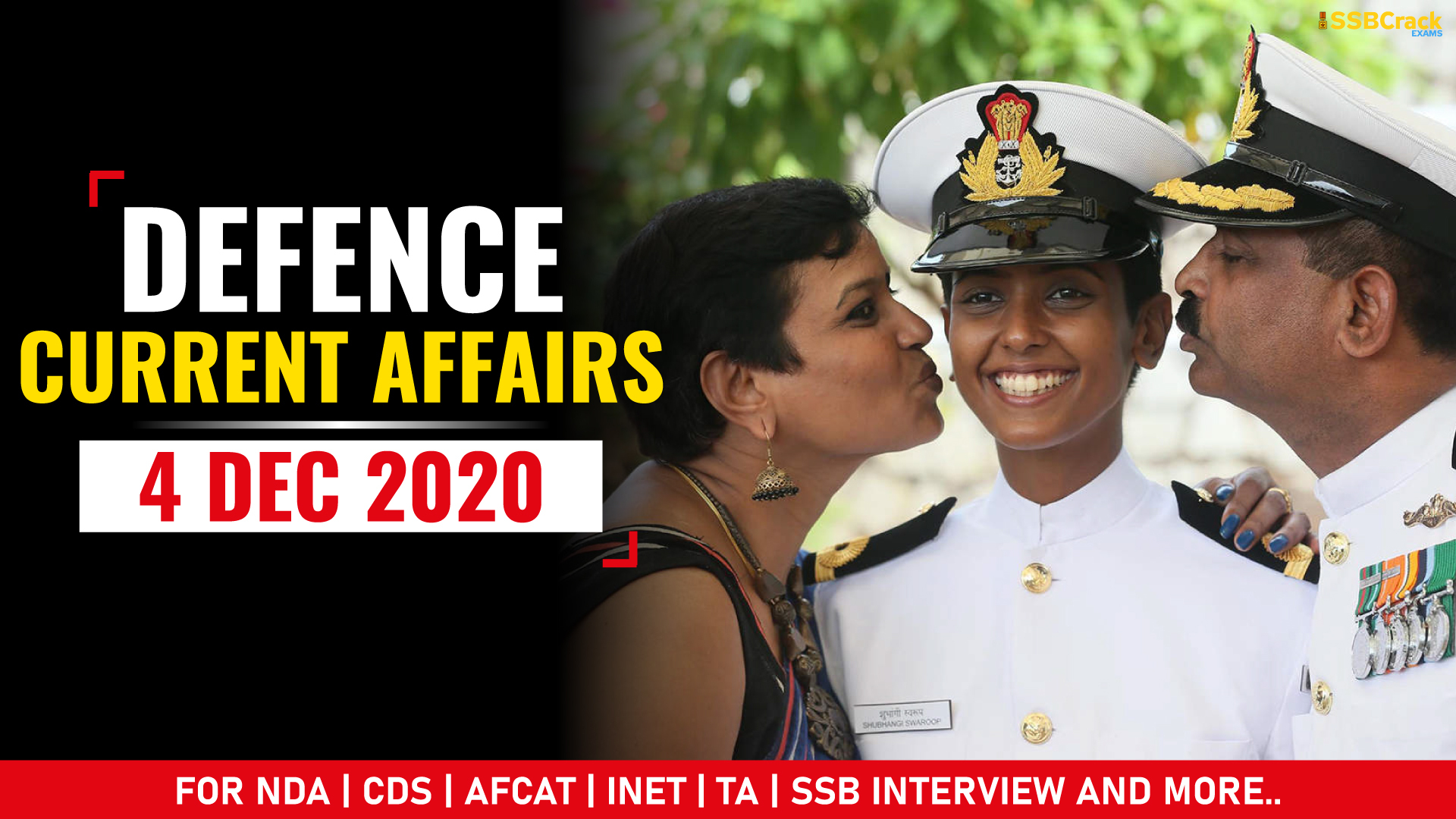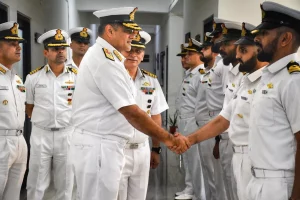INDIAN NAVY DAY SPECIAL INFORMATION
Why do we celebrate Navy Day?
- Navy Day in India is celebrated on 4 December every year to recognize the achievements and role of the Indian Navy to the country.
Why on 4th December?
- On the night of 4th December 1971, Operation Trident, the lethal attack by the Indian Navy, sank four Pakistani vessels and completely destroyed fuel fields in Karachi harbor. 500 Pakistani navy men were killed in the attack. During this operation, Indian Navy has lost nothing and returned home victorious.
What is Operation Trident?
- It was an offensive operation launched by the Indian Navy on Pakistan’s port city of Karachi during the Indo-Pakistani War of 1971.
- It saw the first use of anti-ship missiles in combat in the region.
Why is Operation Trident Special?
- In 1971, the Port of Karachi housed the headquarters of the Pakistan Navy and almost its entire fleet was based in Karachi Harbor.
- Since there were rising tensions between India and Pakistan, and after Pakistan declared a national emergency on 23 November, the Indian Navy deployed three Vidyut-class missile boats in the vicinity of Okha for patrol.
- It was 3rd December of 1971 when the Bangladesh Liberation war just started. The then Navy Chief, Admiral SM Nanda chose to strike first and cut off naval supplies from Karachi harbor to East Pakistan (Bangladesh). The operation was led by Commander (Later Commodore) Babru Bhan Yadav, MC.
- On 4 December, Karachi Strike Group was formed by Indian Navy which included 3 missile boats, 2 corvettes and 1 fleet tanker.
The Karachi Strike Group


Complete Details of Operation
- The missile boats – INS Nirghat, INS Nipat and INS Veer – docked at Gujrat were assigned to carry out the task. Each ship carried 4 SS-N-2B Styx anti-ship missiles of range 75 kms. They were backed by 2 anti-submarine corvettes – INS Kiltan and INS Katchall, and a fleet tanker – INS Poshak.
- Their sister ship INS Vidyut was to remain on patrol off Dwarka to provide cover for the task force. The Petya class anti-submarine corvettes INS Kiltan commanded by Cdr KP Gopal Rao, MVC, VSM, and INS Katchall were to provide communications and indicate suitable targets with their superior radar as well as give anti-submarine cover.
- Cdr Yadav, who was commanding INS Nipat, decided to strike the harbor at night and all set sail for the attack. At 10:45 pm on 3rd December 1971, INS Nirghat, which was commanded by Lt Cdr Inderjit Sharma spotted PNS Khaibar on its radar – 50 kms northwest to it, sailing towards the Karachi harbor.
- Cdr Yadav authorized the launch of a missile towards the enemy ship. The missile struck the ship and the captain of the enemy ship thought it to be an air attack. The target was still afloat and it was spotted by Cdr Yadav from INS Nipat. He commanded the launch of second missile towards PNS Khaibar. This strike finally sunk the enemy boat, killing all 220 Pakistani sailors aboard.
- Meanwhile, Cdr Yadav also spotted 2 targets on the radar of his INS Nipat. One was Merchant Vessel Venus Challenger and another was its escort, PNS Shahjahan. Lt Cdr Kavina, AVSM, VrC, on board INS Nipat, launched two more missiles, sinking the MV Venus Challenger and severely crippling PNS Shahjahan.
- In the meantime, INS Veer, commanded by Lt Cdr OP Mehta, VrC, NM, spotted PNS Muhafiz and struck it with the Styx missile, sinking it on the spot and killing all 30 sailors aboard.
- The next target was to fire a missile each at the Karachi Port by the three ships. But INS Nipat was the only one in close range of the harbor. Cdr Yadav chose to strike the oil reserves at the harbor, badly damaging the Pakistani navy’s fuel reserves.
- The Pakistani Navy was still under the impression that it is an air attack. Just then, INS Nirghat noticed enemy aircraft on its radar. But it was too late for Pakistan to understand the scenario and strike back.
- The mission was already accomplished by the valiant sailors of Indian Navy. Cdr BB Yadav chose to return back to base at Bombay harbor.
- All this happed in just a time span of 1½ hour – from 10:45 pm, 3 December 1971 to 12:15 am, 4 December 1971. Indian warships fired six missiles, all within 90 minutes, which resulted in sinking of 3 enemy vessels and a cargo ship carrying ammunition and also destroyed the fuel storage facility at the Karachi harbor.
- Pakistani Navy suffered huge losses where its 4 ships were sunk and 2 badly damaged. The Pakistani Navy’s fuel reserves were also destroyed and harbor was badly damaged. The Indian Navy suffered no loss. The Indian Navy was now in control of the seas.
- A recent movie – “The Ghazi Attack” – also displays a part of the undocumented operation of saving the Visakhapatnam port from Pakistani Navy.
- And hence, 4 December is celebrated as Indian Navy Day to mark this occasion.
Aftermath Operation Trident
- Pakistani Air Force retaliated by doing air attacks on Okha Port. The Indian Navy anticipated this attack and had already moved the missile boats to other locations to prevent any losses.
- Operation Python was launched 3 days later.
One Friendly Fire Incident
- A false alarm was raised by a Pakistan Navy Fokker Friendship reconnaissance aircraft on 6 December 1971, which incorrectly reported a frigate of the Pakistan Navy as an Indian Navy missile boat.
- Pakistani fighter jets scrambled and strafed the vessel before it was identified as the frigate PNS Zulfiqar. This resulted in casualties and damage to the vessel.
Theme of Navy Day 2020
- The Theme is “Indian Navy – Combat Ready, Credible & Cohesive”.
- Theme for 2019 was “Indian Navy – Silent, Strong and Swift”.
How is it celebrated?
- Navy Week is conducted where various events take place such as an open sea swimming competition, Indian Navy Inter School Quiz Competition, a Navy Half Marathon etc.
- Ships are open for visitors and school children.
- Others include veteran sailors’ lunch, performances by the Naval Symphonic Orchestra, an air display and the beating retreat and tattoo ceremonies.



















